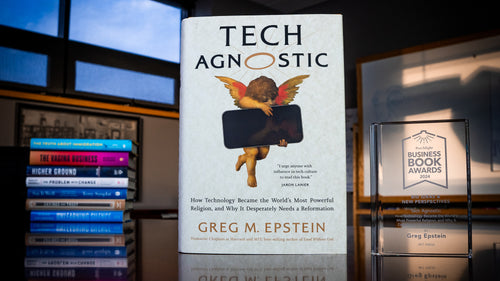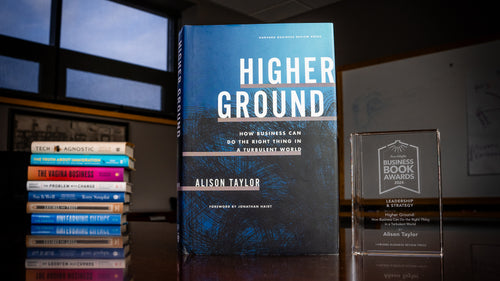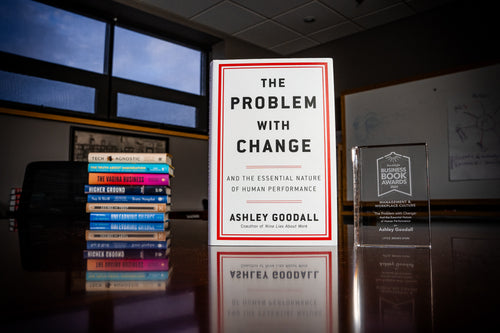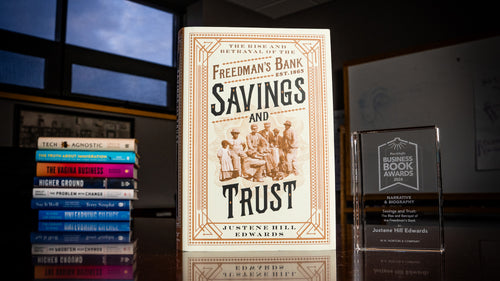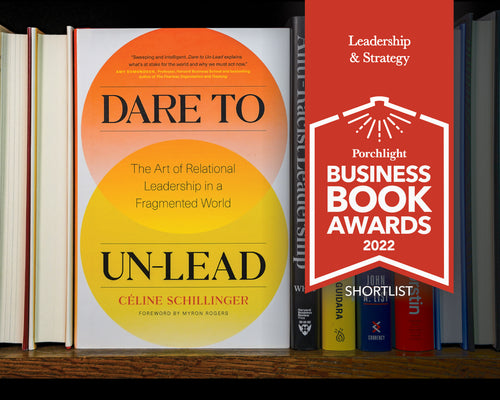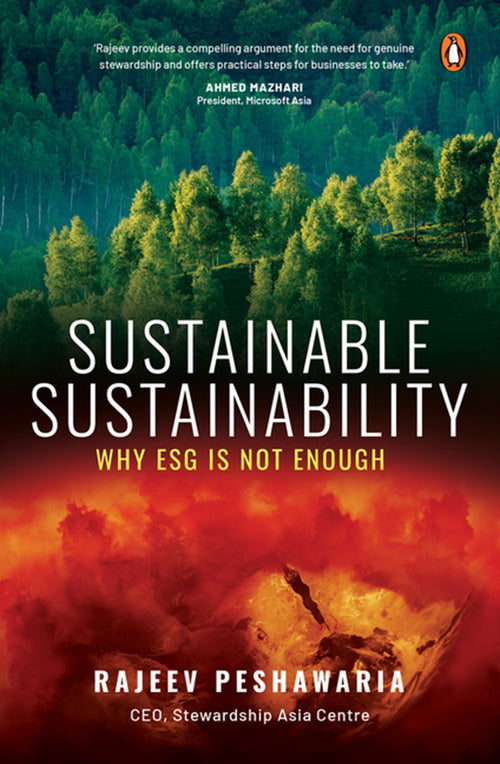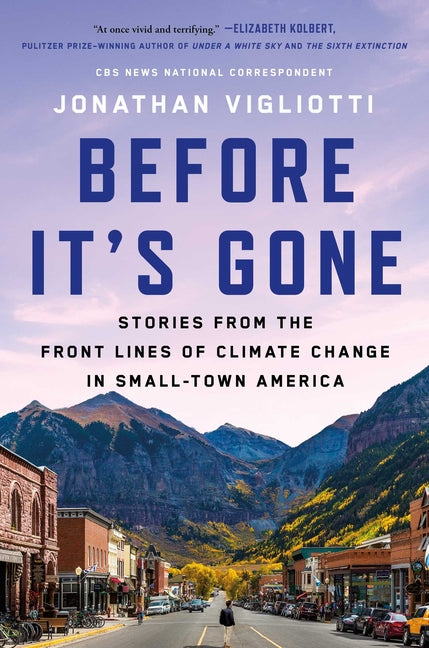An Excerpt from You Can't Make Money from a Dead Planet
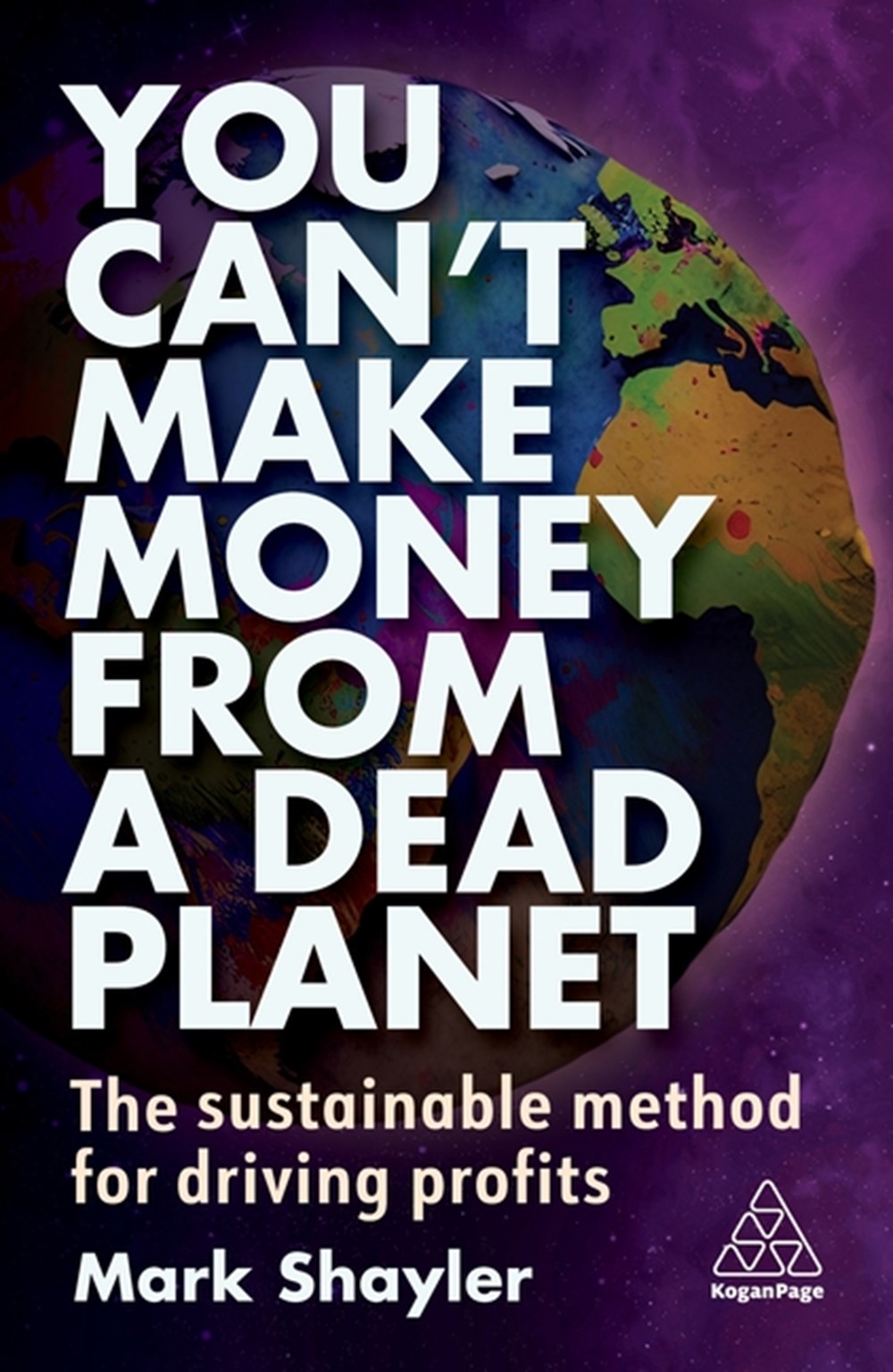 While businesses, both big and small, have undoubtedly caused the majority of our environmental and sustainability problems, only they can solve these issues at scale. You Can't Make Money from a Dead Planet looks at the challenges we face and shows how business needs to change in order to be the driver of the solution.
While businesses, both big and small, have undoubtedly caused the majority of our environmental and sustainability problems, only they can solve these issues at scale. You Can't Make Money from a Dead Planet looks at the challenges we face and shows how business needs to change in order to be the driver of the solution.
Bestselling author and sustainability strategist Mark Shayler explains why there is no contradiction between being profitable and doing the right thing for the planet and doing the right thing for your customers. Providing the insights, the enthusiasm and the tools to align your business with sustainability, the book blends explanations of the challenges that we face, with stories from those business that have excelled in sustainability.
Exploring current sustainability approaches and trends including net-zero, circular economy, ESG, B-Corps, zero waste and environmental management systems, You Can't Make Money From a Dead Planet explains, debunks and helps you navigate the sustainable agenda while growing your business.
The excerpt below begins to answer an important question for us to consider in business.
Where are we and how did we get here?
The singular pursuit of profit at all costs created a system of extraction and exploitation that has taken centuries to disassemble.
Marx summed it up with his equation:
Raw Materials + Labour = Product + Profit + Waste
The problem here is that three of the elements of this equation were undervalued, massively.
Raw materials were taken from nature at little or no cost. Labour was alarmingly cheap in the West and when considered too expensive was bolstered by slavery. Once this was outlawed labour drifted eastwards to lower income countries. Less exploitative than slavery but still exploitative. Manufacturing began drifting Eastwards from the 1970s in search of lower labour costs and un-unionized workforces. A secondary ‘benefit’ of this drift of manufacturing to the East was more relaxed (or non-existent) environmental regulations. Operating in a low-regulation country or province initially reduces costs but ultimately it’s like peeing in your own bath water. It won’t do you any good in the long run.
There are many lessons from history here. The one closest to my heart is the story of Titus Salt. Salt was a Wool Baron in Bradford. The city used to be the centre of British wool textiles. It was a low-wage economy surrounded by great grazing land and a large supply of cheap labour. Twinned with industrial advancement Bradford saw a boom in its fortunes in the 1840s and 50s as between 80 and 90 per cent of the wool sold around the world had its origins in the city. This combination of cheap labour, good quality, and low-priced raw materials, and then a technological innovation, saw a massive increase wool scouring (cleaning the wool), washing, and dying. This in turn created a high level of water pollution that made the workforce ill and ruined the water coming into the process.
Back to Titus. He saw this happening and to preserve the workforce and the quality of the product he knew he needed to move his factory out of the city. He chose a greenfield site some 7 km from the city and designed and built a factory (Salts Mill) and a village for his workforce. He did this on the bank of the River Aire so he had both water power and fresh water, and importantly it was above the smoke line of the city, thereby avoiding deaths and illness from air pollution.
Other companies followed suit for the same reasons. The city is the home to the modern Labour movement and the workforce quickly became unionized, demanding higher wages and better conditions. This increased the cost of labour, and in the 1970s the city experienced an immigration boom as skilled textile workers from Pakistan arrived to work in the industry. Tighter environmental requirements and the unionization of the newly arrived workers meant that manufacturers chased cheaper labour and lower environmental requirements (this usually means cheaper product manufacture) around the world. The customer got cheaper items, but profits were still high – the planet and the workers paid the price. China and India became the centres of textiles manufacture, and now we are hooked on fast fashion at the expense of people and planet.
We are seeing this play out further afield as the manufacturing centres of China impose tighter environmental regulations. Furthermore, as wages rise, manufacturing moves further inland and ultimately to Africa. China’s investment in Africa is astonishing. China’s FDI stock in Africa totalled $110 billion in 2019 contributing over 20 per cent to Africa’s growth1 and a third of Africa’s power grid and energy infrastructure is financed by Chinese state-owned companies.
This investment is a new form of colonialism and is paving the way for the re-imagination of the African continent as a low-wage manufacturing centre. With this comes all the risks of the last wave of colonialism, and we know how that ended. The potential of Africa as an economic power and an environmental power is unparalleled. It’s worth pausing here to reflect upon this.
The control of resources is the control of economy. If you don’t have access to raw materials then you can’t make things, if you can’t make them then you can’t sell them, if you can’t sell them then you can’t make money.
We will dig into the need to transition away from the linear economy (take-make-use-dispose) later but the currently version of capitalism is still propped up on undervalued labour, resources, and environmental sinks (environmental sinks are the redistribution, storage, processing and absorption of human-made waste by the environment). Back when I was studying environmental science at university, one of our lecturers had a mantra: ‘dilution is the solution to pollution’. The thing is that it wasn’t and isn’t. That’s the kind of thinking that got us into this mess.
Traditionally, in order to grow economically we needed to convert raw materials into products and products into economic capital and then ensure that there is a continuing growth in desire for products. Aligning consumerism with happiness and success was the masterstroke here and it fuelled an advertising industry that thrived on telling lies (more on this later).
But, I hear you ask, isn’t consumption good for the economy?
You can’t make money from a dead planet
There is no economy on a dead planet, and the key challenge that we have is how we make more money by selling and consuming less ‘stuff’. This will become the focal point of the next 50 years of civilization and, in my opinion, is the greatest opportunity we have in terms of innovation. Placing sustainability at the heart of the innovation process rather than at the end means that it becomes an accelerator rather than a brake on the economy.
Excerpted from You Can’t Make Money From a Dead Planet by Mark Shayler ©2023 and is reproduced and adapted with permission from Kogan Page Ltd. Learn how to make your business more sustainable while not sacrificing your growth, profits and innovation with You Can’t Make Money From a Dead Planet: www.koganpage.com/planet-and-profits.
Notes:
1. Kendra Pierre-Louis. "How to Buy Clothes That Are Built to Last," The New York Times, 25 September 2019.

